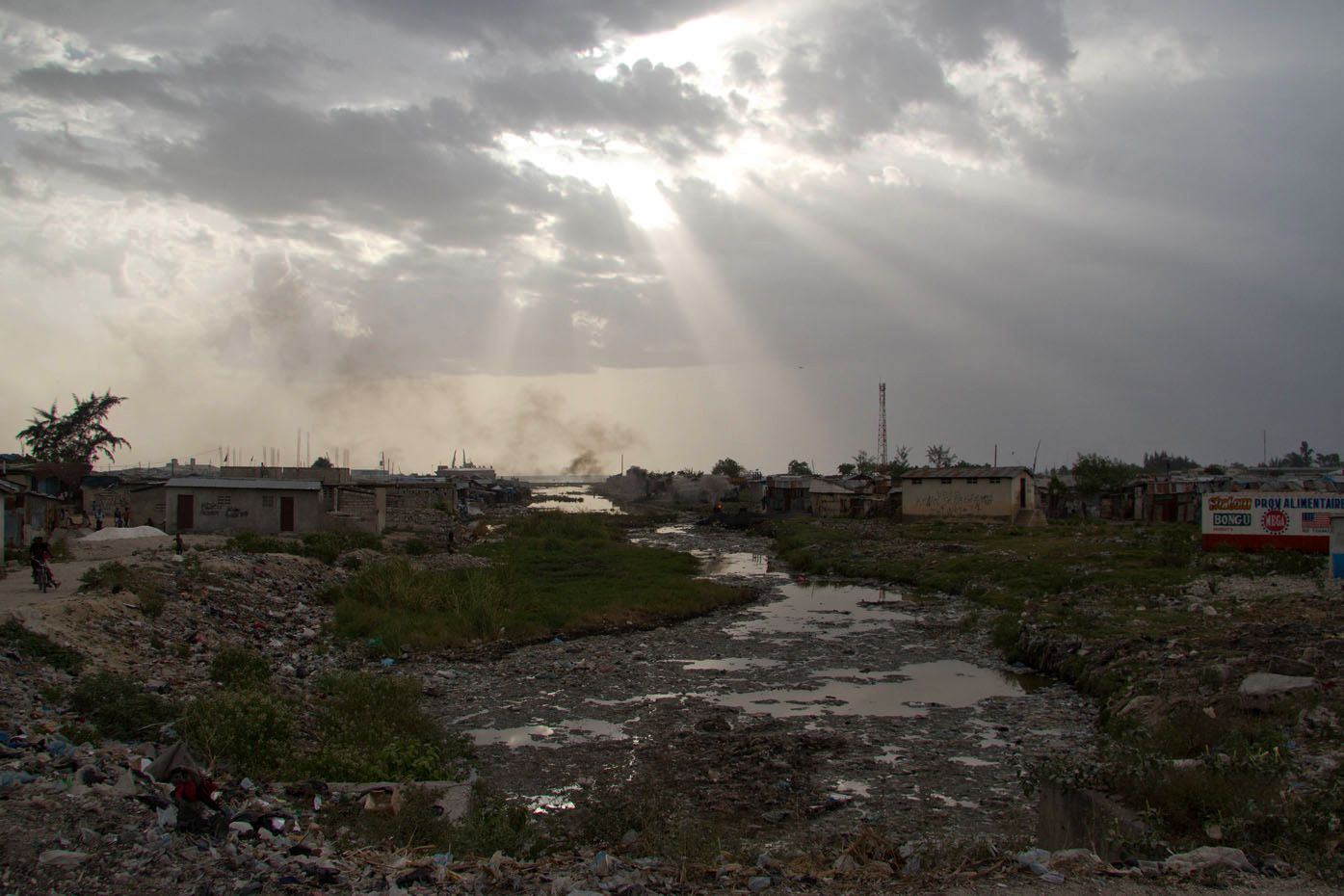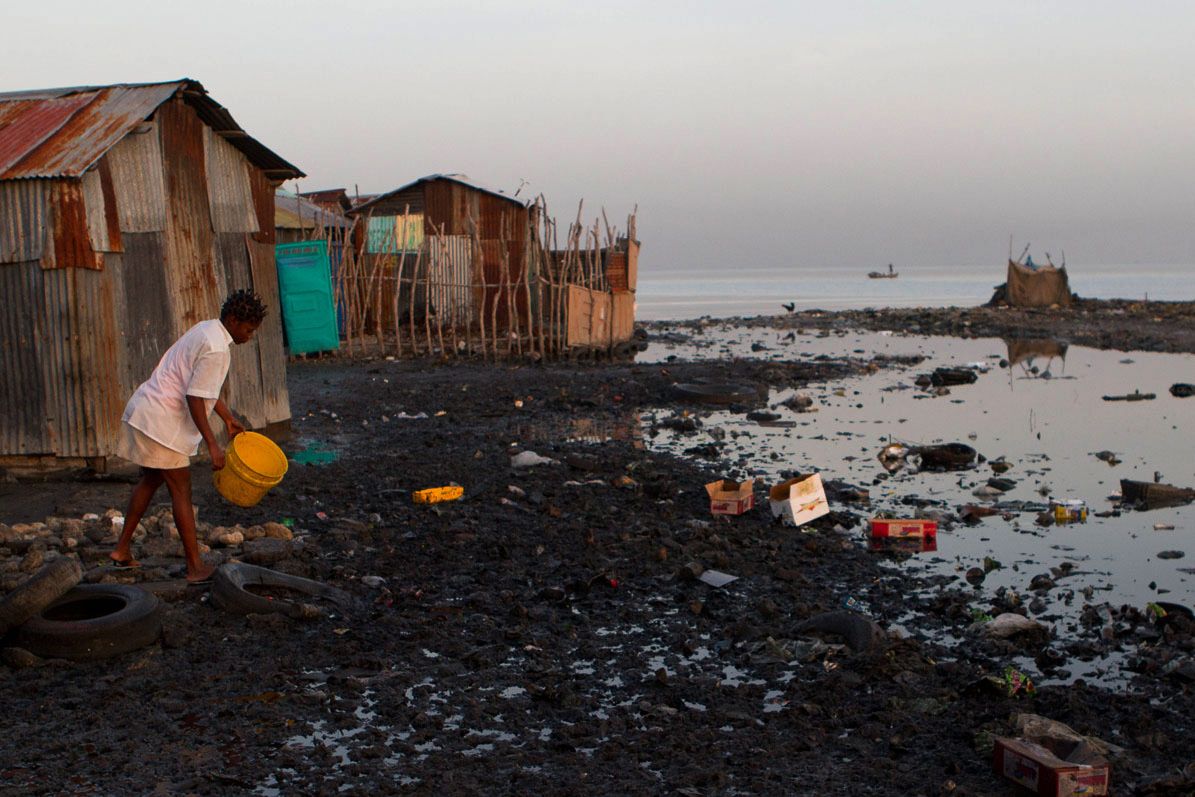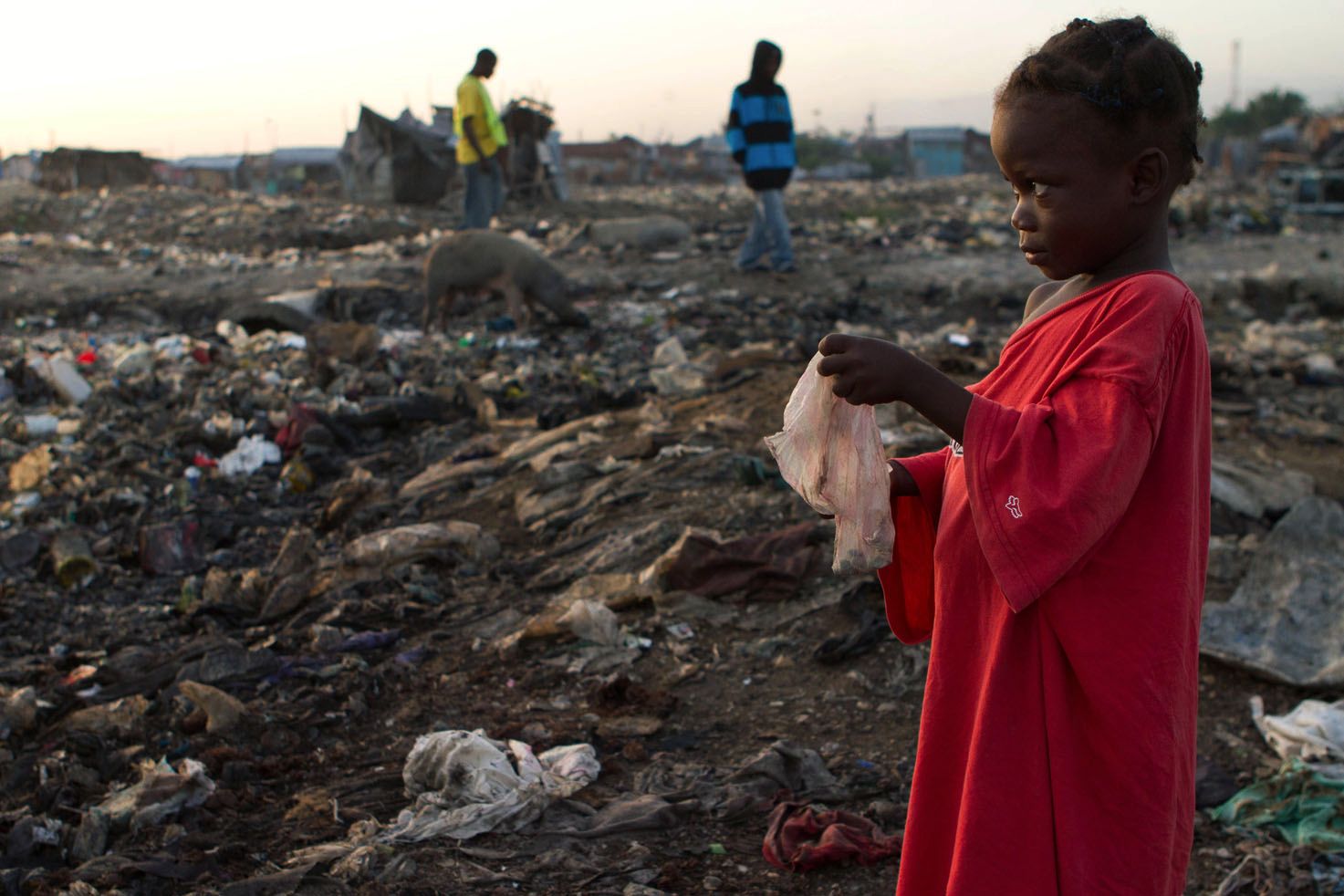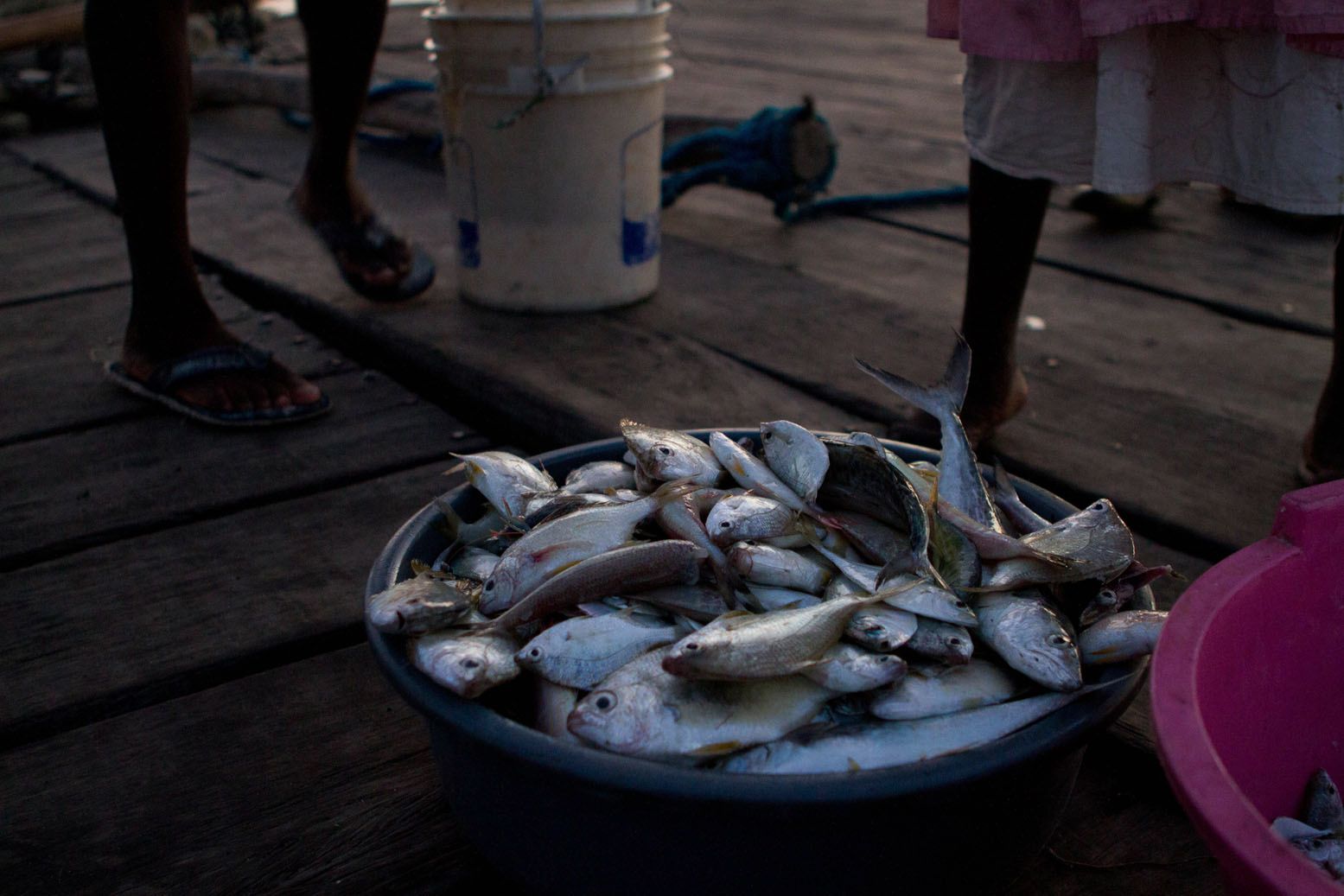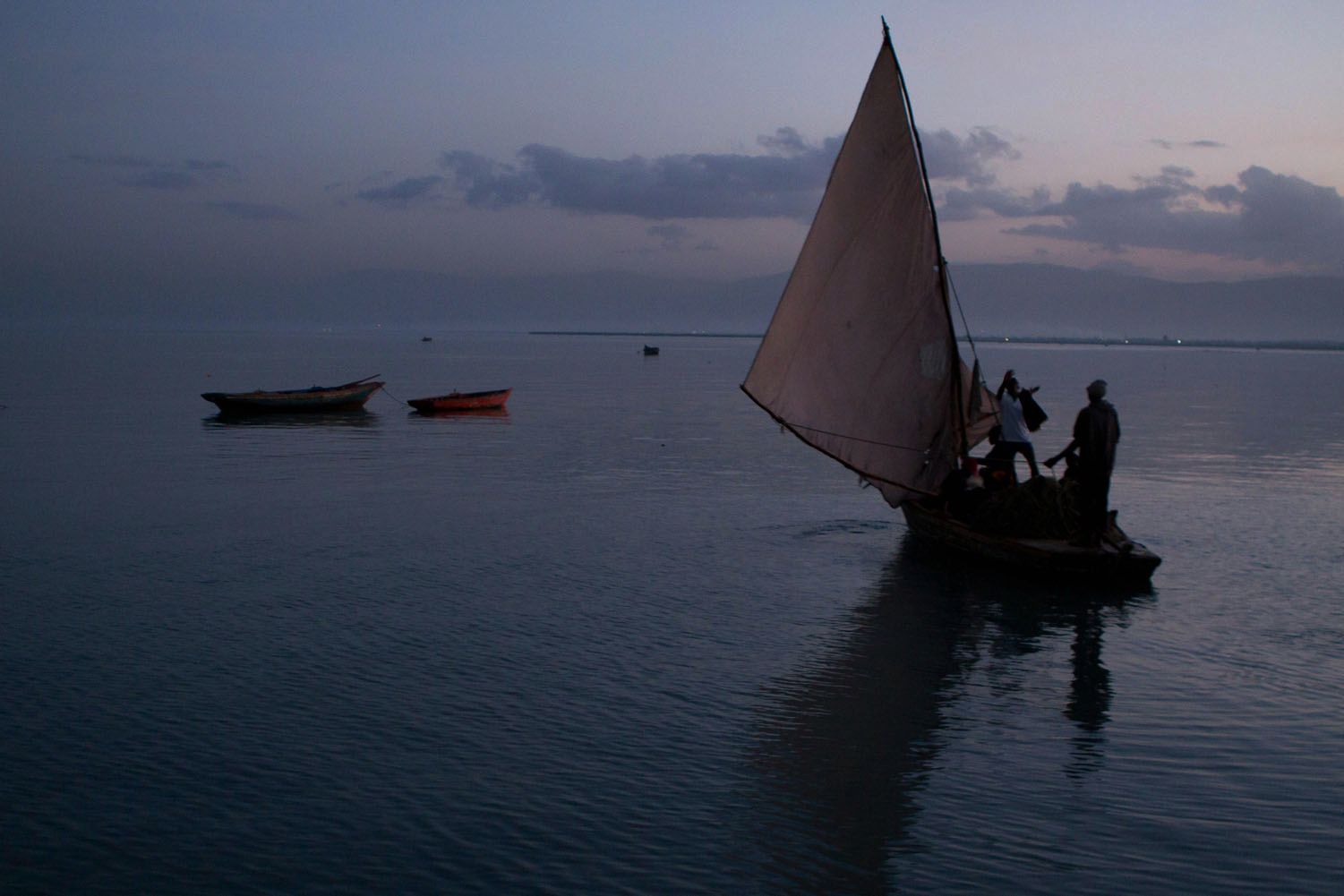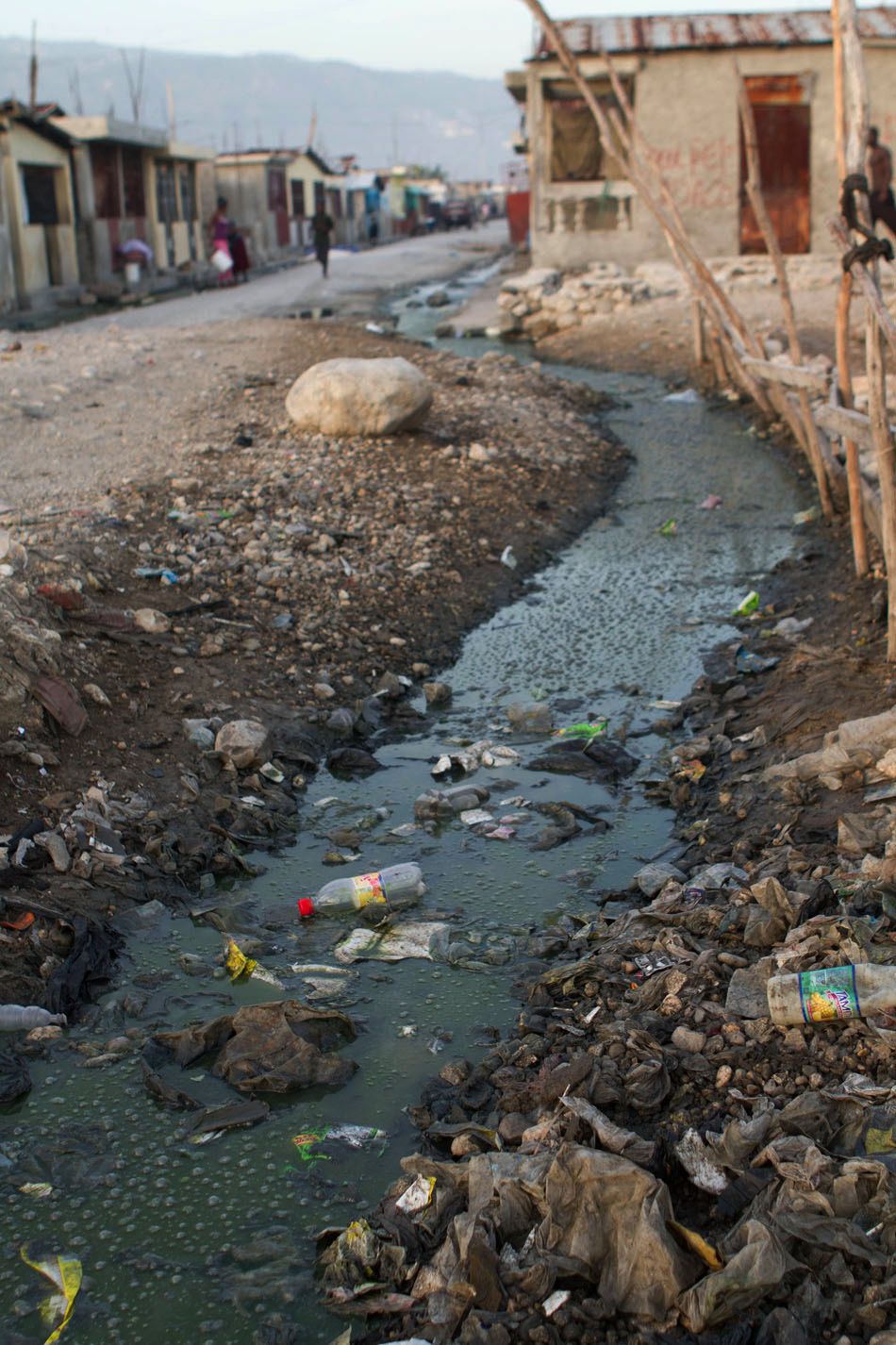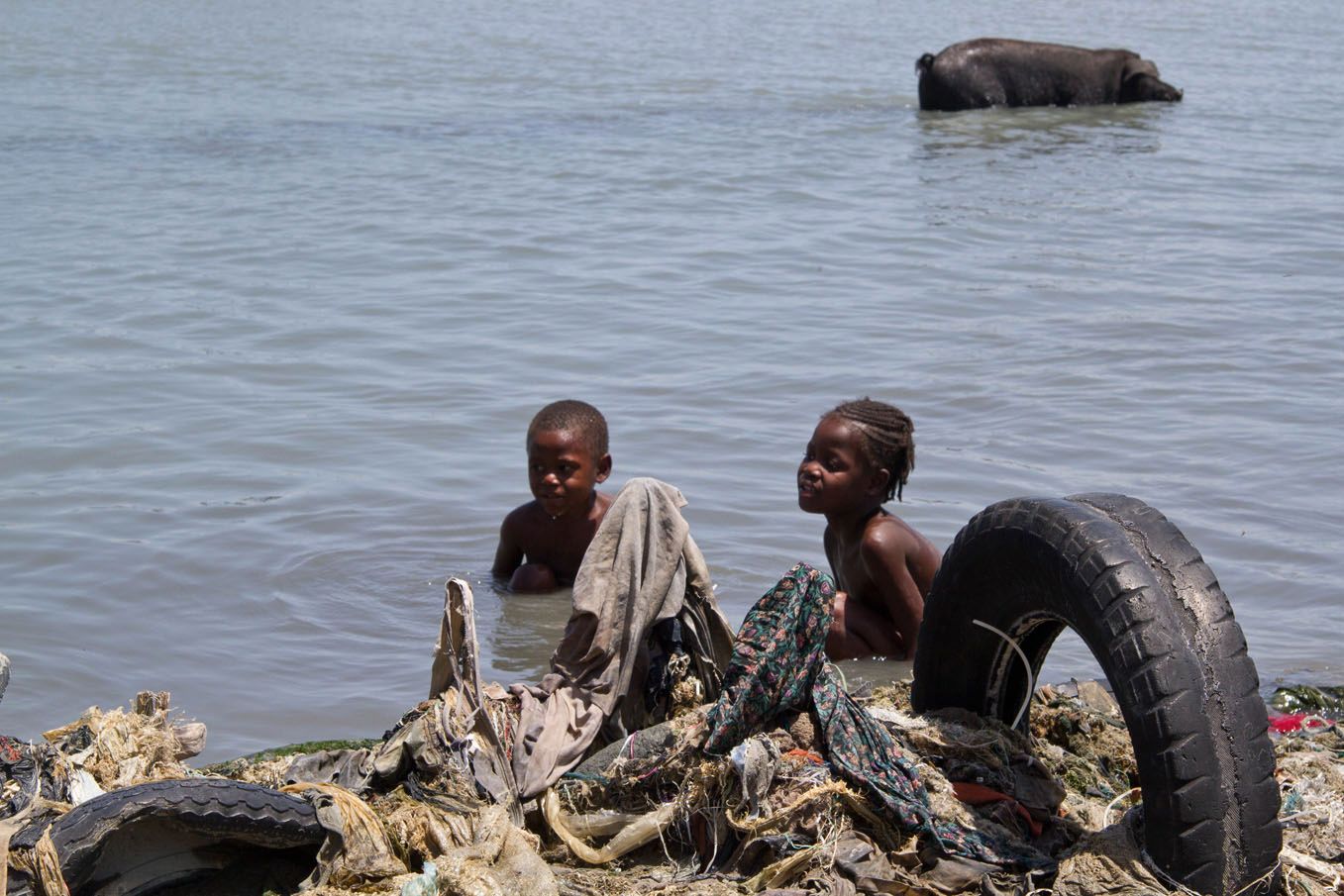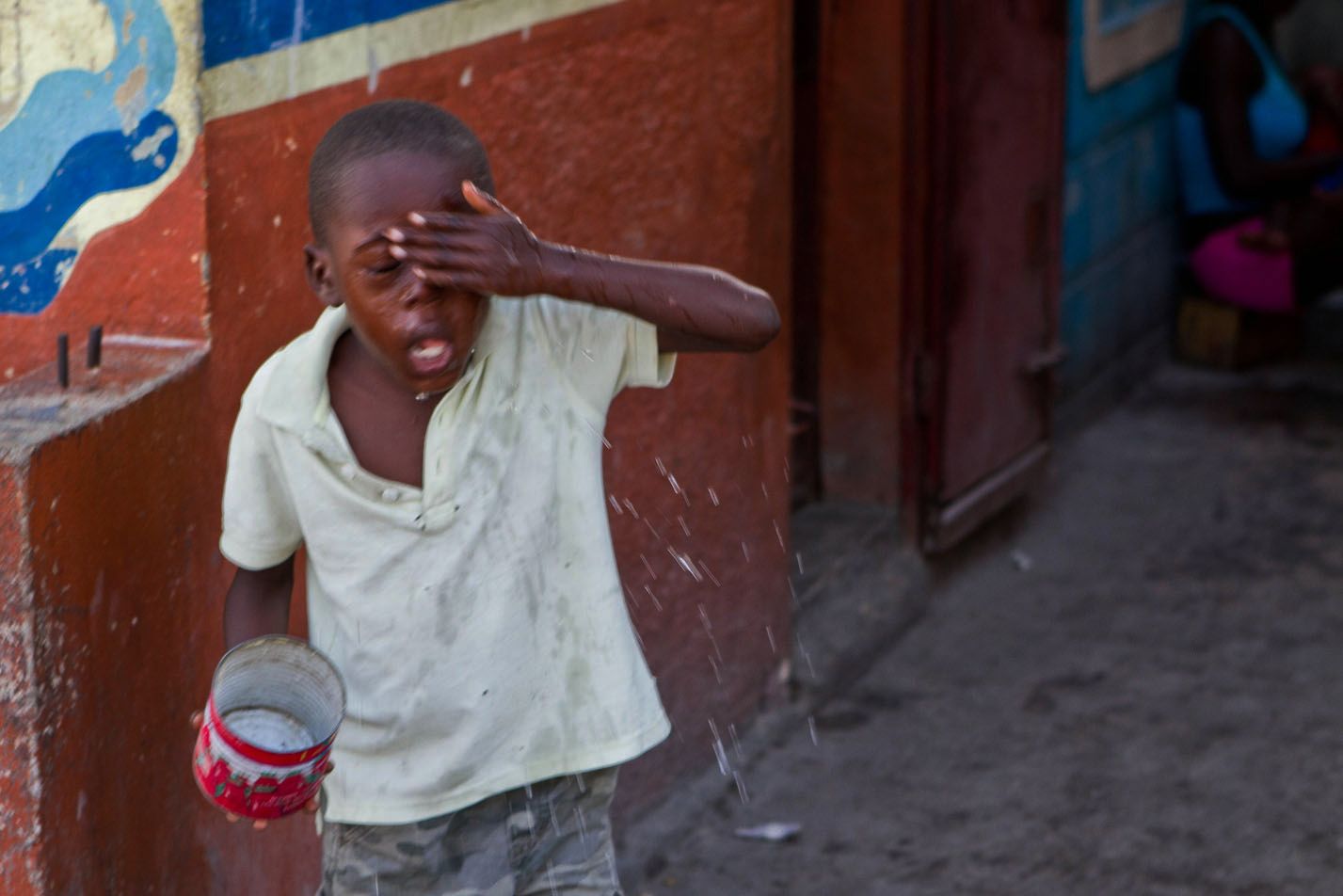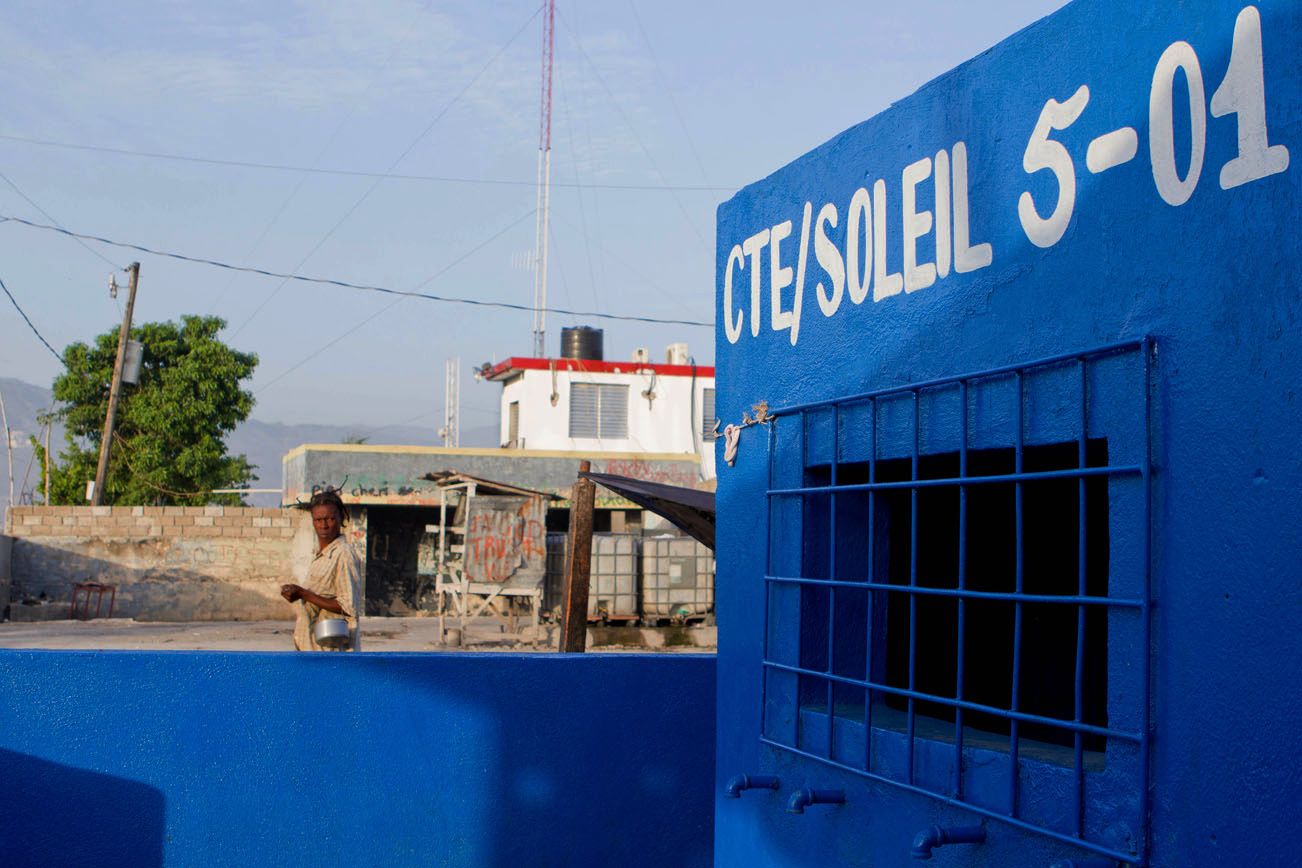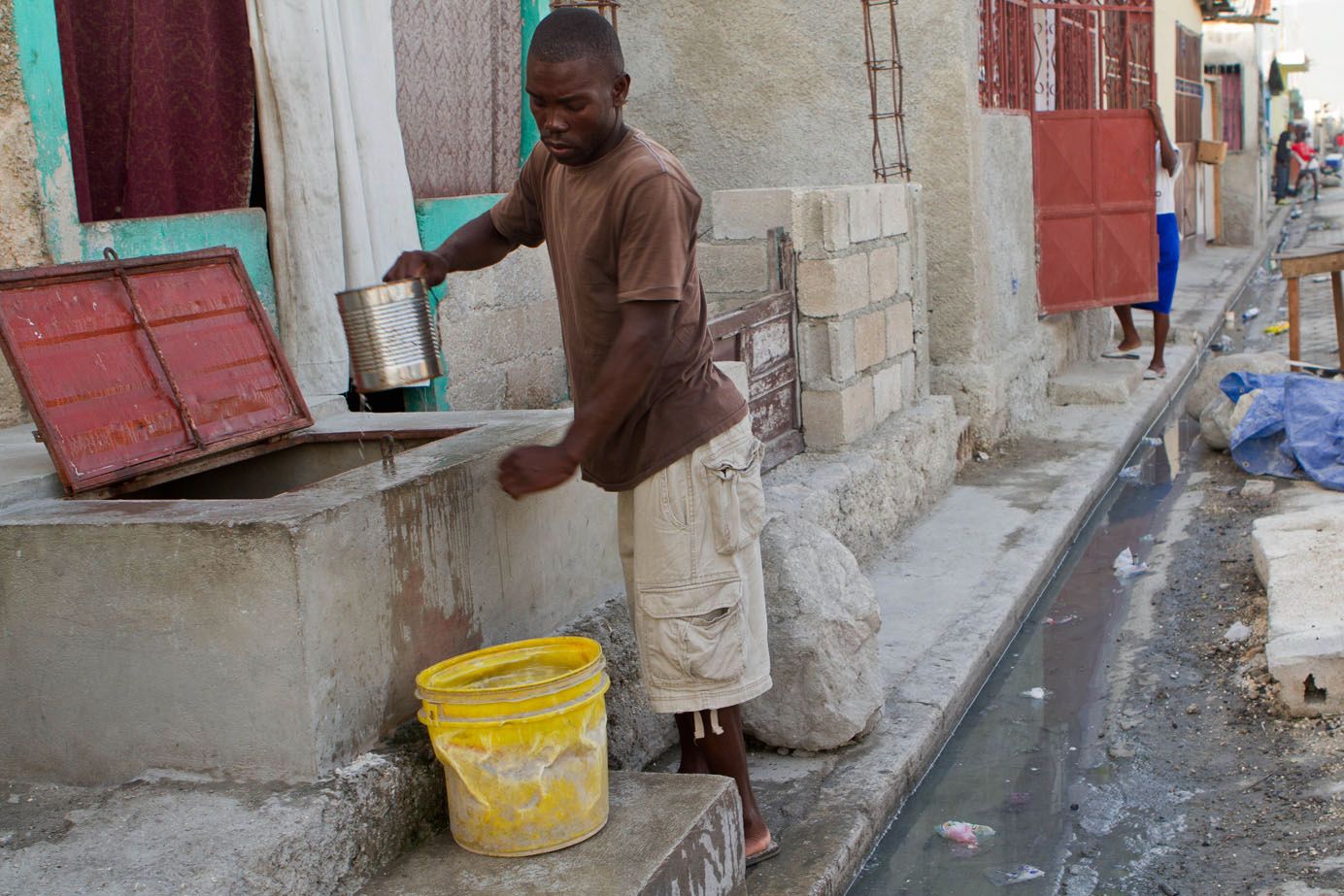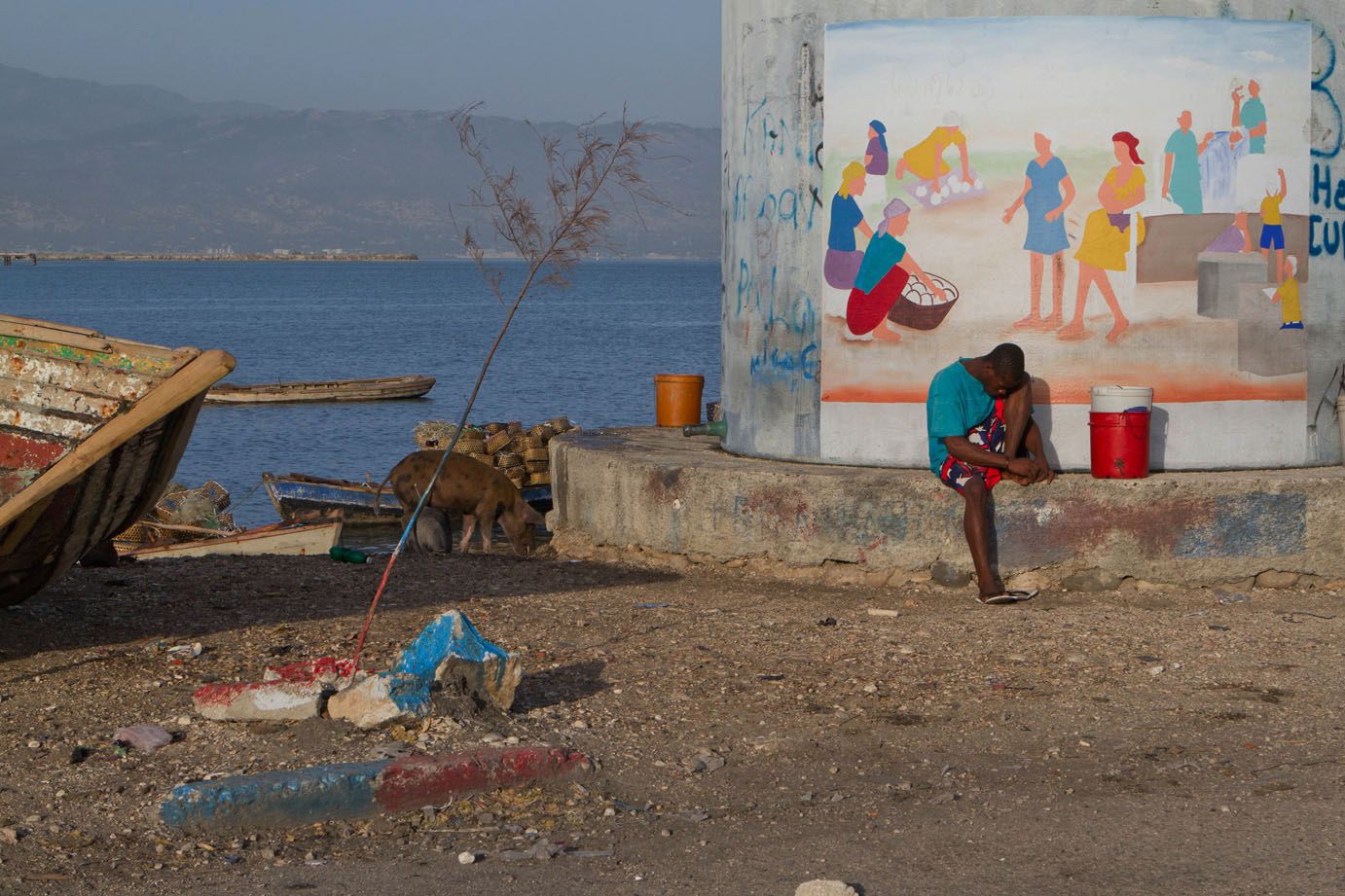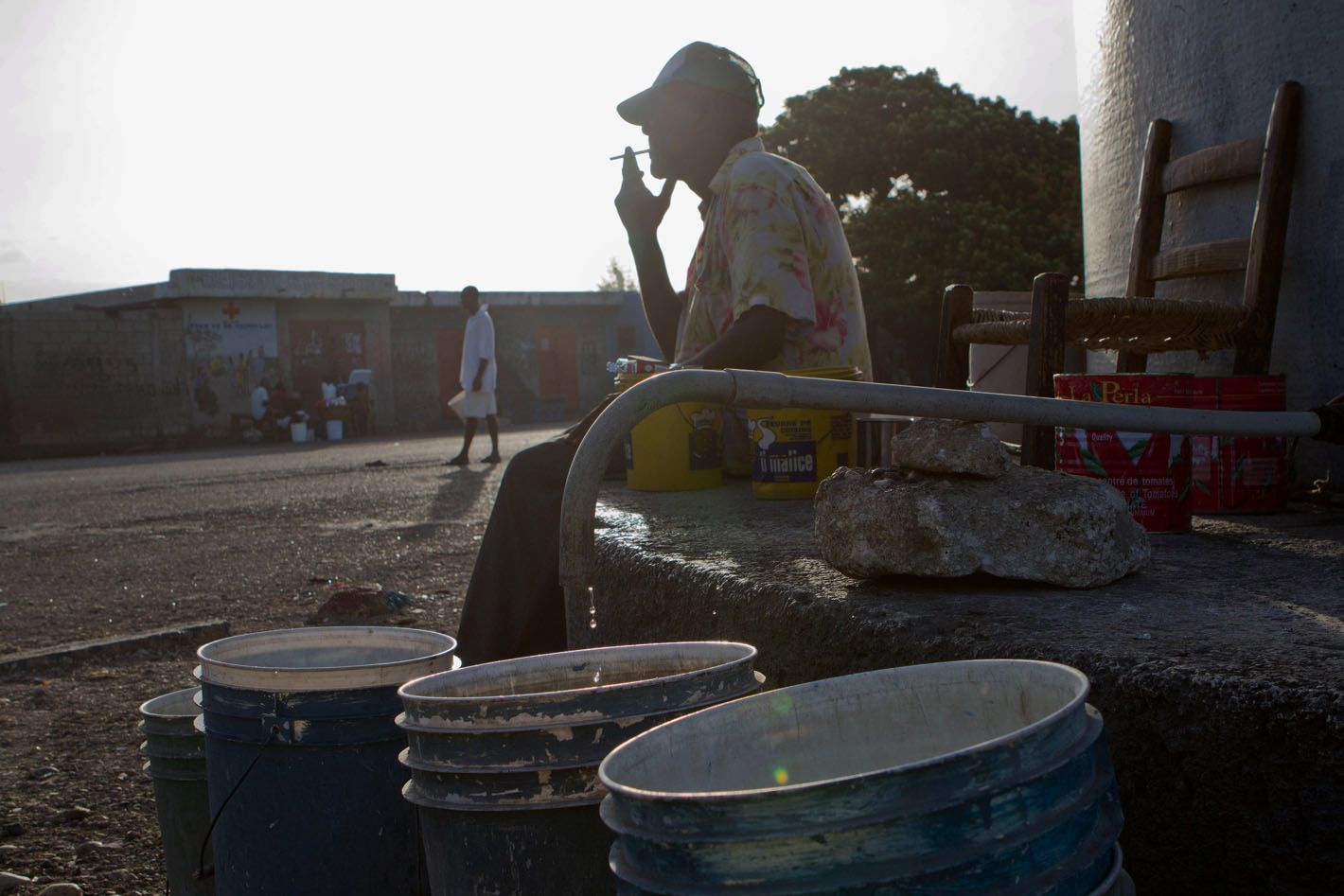In 2005 Cité Soleil was called “a microcosm of all the ills in Haitian society” in The Magazine of the International Red Cross and Red Crescent Movement. The article referred to the high rates of illiteracy and joblessness, water sanitation and sewage issues, as well as the violence that plagued the community that sits just outside the Haitian metropolis of Port-au-Prince.
The Cité Soleil of today is not much different—the violence has somewhat subsided, but the other problems, especially those of water sanitation and sewage, persist.
For residents of Cité Soleil, water is central to life: they fish from water, swim in it, drink it, and live life surrounded by it. But with a life dependent on water in a country with a poor water and sanitation infrastructure comes a high risk of contracting water-borne illness.
Since the cholera outbreak in October 2010, residents must be especially cautious—drinking purified water and using latrines should have quickly become routine, but because of lack of resources it has not. Today, two years after the initial outbreak, life in Cité Soleil goes on: a delicate dance around water both vital and potentially lethal.
